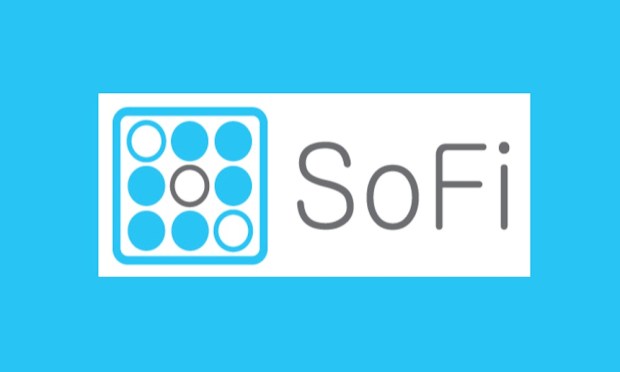SoFi’s New Direction

It’s been a full year for SoFi, as the personal finance company attempts to get back on track after a 2017 that was, at best, tumultuous. In his first letter to investors, SoFi’s new CEO, Anthony Noto, did not directly reference the founding CEO, Mike Cagney, who left the firm last year under a cloud of sexual harassment allegations. The goal seemed clear: to convince the Street that the drama is over, and that the firm is now fully focused on “our mission and our company values.”
And while they might care about those values, at this point investors are likely wondering more about SoFi’s mission, a product offering that justifies a valuation of $4.4 billion, particularly as the firm is likely considering an IPO.
The SoFi at Work program, in which the non-bank lending platform partners with businesses to help employees pay off student loans (among other kinds of debt), increased its loan volume by 112 percent from this time in 2017. The program added 30 partner institutions in the quarter, Noto wrote, “to offer student loan benefits (including employer contribution programs) and other financial wellness products to their employees and association members,” bringing the total number of partner companies to 700.
Noto also trumpeted the firm’s expansion into personal wealth management. Another new program rolled out last year enabled SoFi users to invest in low-cost exchange traded funds. Assets, according to Noto, are up 31 percent year-on-year, and new accounts are up 39 percent.
Growth is good, of course – but notable growth from a small base is fairly easy, and SoFi has some climbing to do as it seeks to become a real player in the wealth management space. According to its latest SEC filing, SoFi Wealth Management has $43.5 million under management; by comparison, robo advisory firm Wealthfront manages $10 billion.
But SoFi Wealth is just getting started, reportedly. According to Noto, robo-advisor services will soon be only one of a few things on the landscape, “to include access to individual securities as well as other asset classes.”
All in, SoFi brought $6.3 million in new loans to the world in Q1, a 27 percent increase from a year ago, and added about 59,000 new members (mostly loan borrowers) – bringing the firm’s total user base to around 500,000.
The challenge, of course, remains actually making money.
SoFi has come a long way from its roots, which were offering student loan refinancing to those who came from elite universities (and thus, in the company’s founding idea, were less of a credit risk than the average student loan borrower). Those efforts soon expanded into ancillary areas of lending, most notably mortgages and personal loans – and even talk that SoFi might make the leap to actually become an official bank.
But that was not to be – though SoFi made it to the application phase, that effort was brought to a halt by the cloud of scandal that enveloped former CEO Cagney following allegations of sexual harassment and a “toxic” work environment.
In Noto’s letter, the closest he came to a direct response was to note that the company established a set of 11 values, including to “embrace diversity” and “take care of other people and help them grow.”
“We have changed the leadership team to set the example amongst their teams and to help us devise the programs and practices that will reinforce these values in our everyday life at the company,” he wrote.
Noto now faces a not inconsiderable series of business challenges – not the least of which are high customer acquisition costs. On average, it costs SoFi $756 to acquire each customer, according to media reports. That’s about twice what players like LendingClub are paying.
Noto’s challenge is to bring down expenses, particularly as rising interest rates are making capital more expensive for SoFi to access.
